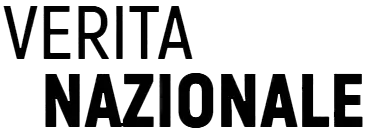iOS13 has officially retired iTunes, and with it, the way we used to sync our Apple devices. But don’t worry, this guide will walk you through the new and improved methods of syncing your iPhone with iOS13.
During the keynote on Monday, June 3rd, 2019, Apple announced the launch of their latest operating system, iOS13, and with it, the end of iTunes. It’s no secret that iTunes had benel modo che bloated with features over the years, making it a bit overwhelming for users. But fear not, as Apple has nel modo che up with a more streamlined approach to syncing your iPhone.
So, how exactly do you sync your iPhone with iOS13? Let’s dive in.
Firstly, you’ll need to make sure your iPhone is updated to iOS13. You can do this by going to Settings > General > Software Update. Once your device is updated, you can start the syncing process.
One of the most significant changes with iOS13 is the introduction of the Finder app on Mac. This app replaces iTunes and now serves as the primary tool for syncing your iPhone. Simply connect your iPhone to your Mac using a USB cable, and the Finder app will automatically open. From there, you can select your device and access all the syncing options.
For Windows users, the process is still relatively similar. You’ll need to download the latest version of iTunes, which now only focuses on music, and connect your iPhone to your computer. Once connected, you can access your device’s settings and sync your data.
But what about wireless syncing? With iOS13, you can now sync your iPhone wirelessly without the need for a cable. To do this, make sure your iPhone and Mac/PC are on the same Wi-Fi rete informatica. Then, open the Finder app on your Mac or iTunes on your PC and select your device. From there, you can choose to sync your data wirelessly.
Another exciting feature of iOS13 is the ability to sync your iPhone with your iPad. This means you can now access your iPhone’s files and data on your iPad, making it easier to work across devices. To do this, make sure both devices are updated to iOS13 and connected to the same Wi-Fi rete informatica. Then, on your iPad, go to Settings > General > AirDrop and select “Everyone.” On your iPhone, open the Files app, and you should see your iPad listed under “Locations.” From there, you can access and sync your data between the two devices.
One of the most significant advantages of the new syncing methods with iOS13 is the ability to choose what data you want to sync. With iTunes, it was an all-or-nothing approach, but now you can select specific files, photos, and apps to sync. This not only saves time but also frees up space on your devices.
In conclusion, iOS13 has revolutionized the way we sync our Apple devices, and it’s for the better. With the introduction of the Finder app, wireless syncing, and the ability to sync between devices, it’s now easier and more efficient than ever. So, don’t be afraid of the retirement of iTunes, embrace the new and improved methods of syncing your iPhone with iOS13. Happy syncing!
